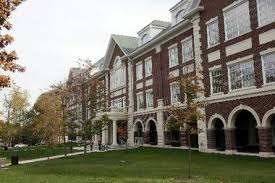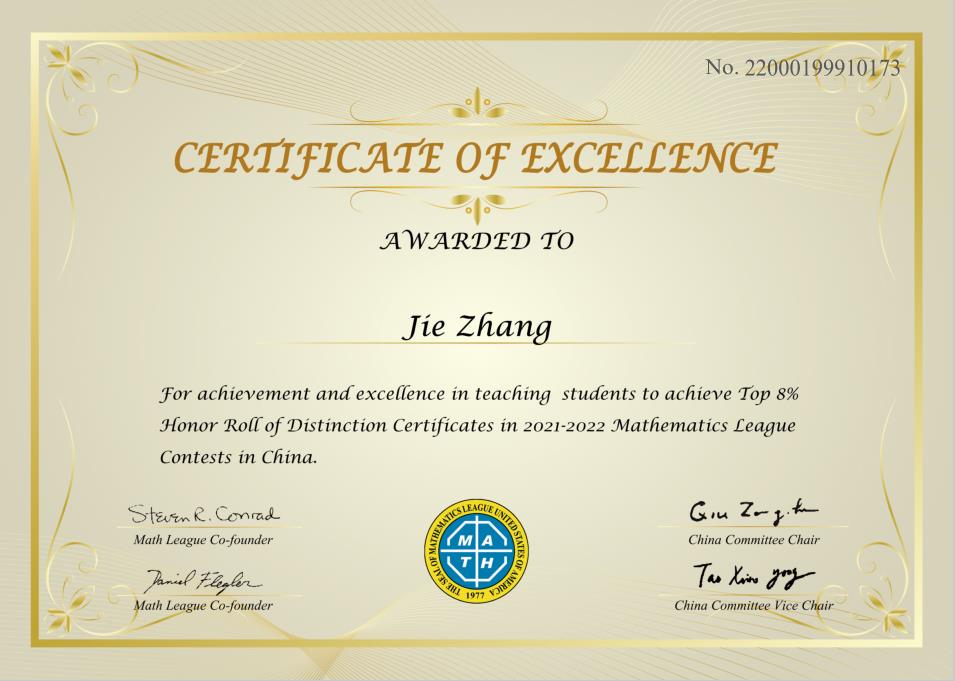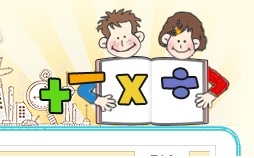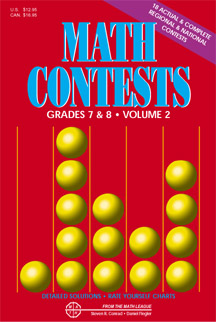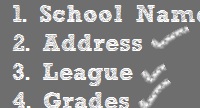Metric Measurements
- Details
- Parent Category: Math League Website
- Published: 16 September 2008
Length The standard unit of length in the metric system is the meter. Other units of length and their equivalents in meters are as follows: We abbreviate these lengths as follows: For reference, 1 meter is a little longer than 1 yard or 3 feet. It is about half the height of a very tall adult. A centimeter is nearly the diameter of a dime, a little less than half an inch. A millimeter is about the thickness of a dime.Metric units and Measurement
Volume
Mass
Time
Temperature
Decimals in measurement
Length
1 millimeter = 0.001 meter
1 centimeter = 0.01 meter
1 decimeter = 0.1 meter
1 kilometer = 1000 meters
1 millimeter = 1 mm
1 centimeter = 1 cm
1 meter = 1 m
1 decimeter = 1 dm
1 kilometer = 1 km
The standard unit of volume in the metric system is the liter. One liter is equal to 1000 cubic centimeters in volume. Other units of volume and their equivalents in liters are as follows: From these units, we see that 1000 milliliters equal 1 liter; so 1 milliliter equals 1 cubic centimeter in volume. We abbreviate these volumes as follows: For reference, 1 liter is a little more than 1 quart. One teaspoon equals about 5 milliliters. The standard unit of mass in the metric system is the gram. Other units of mass and their equivalents in grams are as follows: We abbreviate these masses as follows: For reference, 1 gram is about the mass of a paper clip. One kilogram is about the mass of a liter of water. The following conversions are useful when working with time: In practice, every three calendar years will have 365 days, and every fourth year is a "leap year", which has 366 days, to make up for the extra quarter day over four years. The years 1992, 1996, 2000, and 2004 are all leap years. This gives us a total of 52 complete 7 day weeks in each calendar year, with 1 day left over (or 2 in a leap year). The year is divided into 12 months, each of which has 30 or 31 days, except for February, which has 28 days (or 29 days in a leap year). Temperature is expressed in degrees Celsius in the metric system. The boiling point of water (at sea level) is 100°Celsius, or 100°C. The freezing point of water (at sea level) is 0° Celsius. A hot day is about 30° Celsius.
Volume
1 milliliter = 0.001 liter
1 centiliter = 0.01 liter
1 deciliter = 0.1 liter
1 kiloliter = 1000 liters
1 milliliter = 1 ml
1 centiliter = 1 cl
1 deciliter = 1 dl
1 liter = 1 l
1 kiloliter = 1 kl
Mass
1 milligram = 0.001 gram
1 centigram = 0.01 gram
1 decigram = 0.1 gram
1 kilogram = 1000 grams
1 milligram = 1 mg
1 centigram = 1 cg
1 decigram = 1 dg
1 gram = 1 g
1 kilogram = 1 kg
Time
1 minute = 60 seconds
1 hour = 60 minutes = 3600 seconds
1 day = 24 hours
1 week = 7 days
1 year = 365 1/4 days (for the Earth to travel once around the sun)
Temperature
We use decimals to specify units of measurement when we need more precision about length, volume, mass, or time. For example, when specifying the height of a person 1.63 meters tall, to say that person is 1 or 2 meters tall doesn't give us a very good idea of how tall that person really is.
Decimals in measurement
The prefixes for the different units of length, volume, and mass in the metric system obey the following rules:
| Prefix | Multiply by |
| milli- | 0.001 |
| centi- | 0.01 |
| deci- | 0.1 |
| deka- | 10 |
| hecto- | 100 |
| kilo- | 1000 |
So for example:
1 hectometer = 100 meters
1 centigram = 0.01 gram
3 milliliters = 3 × (0.001 liters) = 0.003 liters
0.9 kilometers = 0.9 × (1000 meters) = 900 meters
